The tech entrepreneur announced an “awesome” update to his neurotechnology company’s work to connect brains to computers.

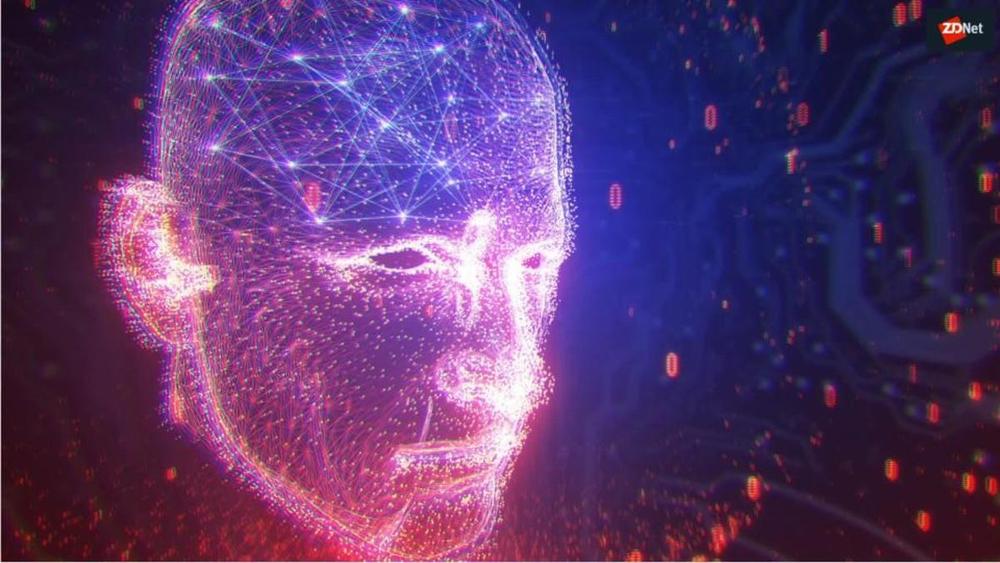
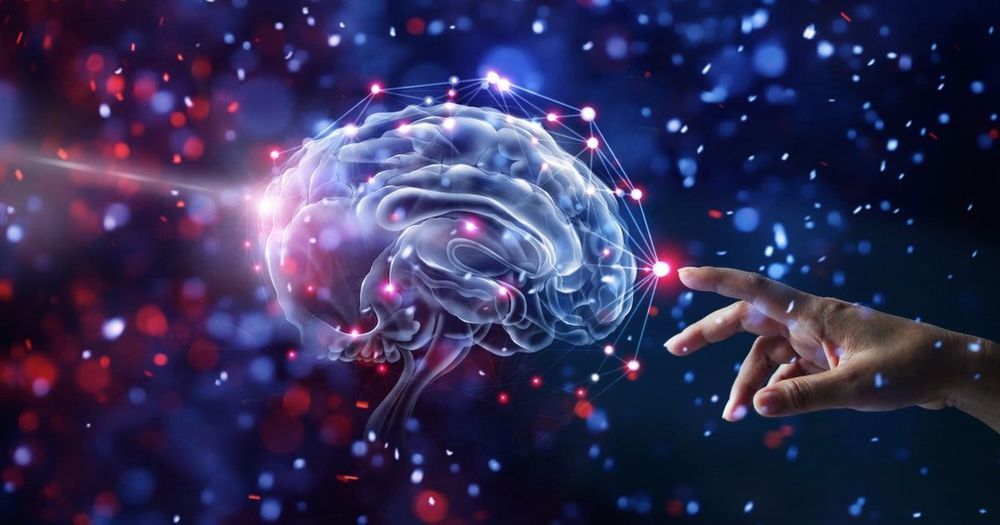
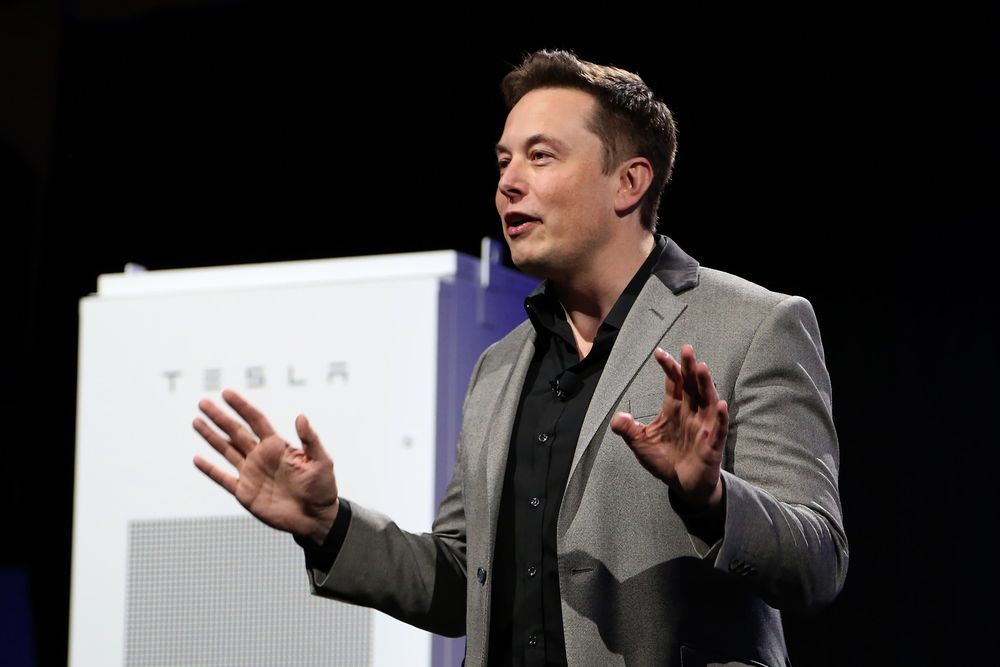
Elon Musk is recruiting for his AI team at Tesla, and he says education is “irrelevant.” The team members will report “directly” to Musk and “meet/email/text” with Musk “almost every day.” Musk will also throw a “super fun” party at his house with the Tesla artificial intelligence and autopilot teams.

Musk to be a father;
Grimes has shared candid details about her pregnancy struggles in an Instagram message she shared on Friday.
The 31-year-old girlfriend of Elon Musk first revealed artistic baby bump photos on the social media platform at the beginning of the year but officially confirmed her pregnancy with her latest in-depth message.
The musician revealed that she had ‘complications’ at the onset of her pregnancy and is ‘starting to hurt everywhere’ as she heads into the third trimester.
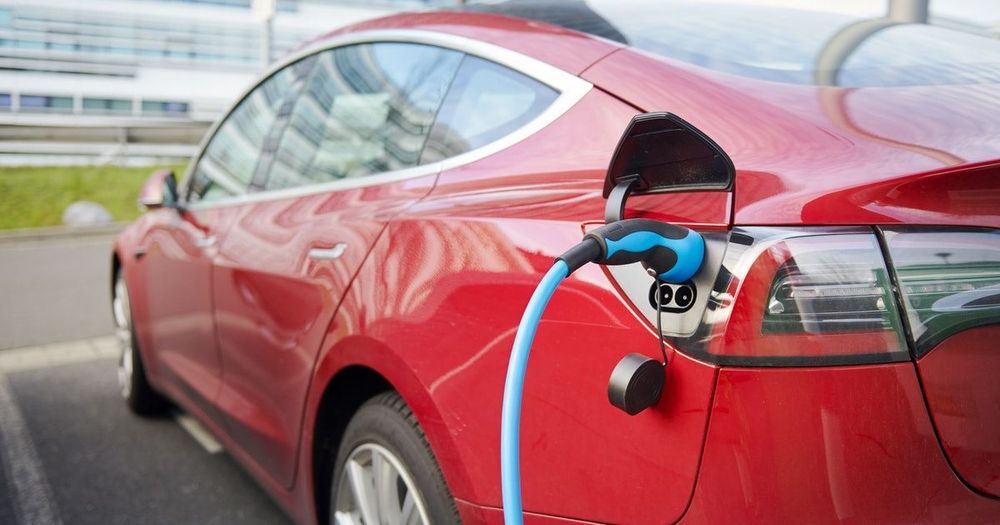
So what’s Tesla to do? The answers may come in the Battery Day, a forthcoming explainer that could take place in April. The day is expected to be similar in setup to the Autonomy Day in April 2019, where Musk explained to investors the company’s progress on full self-driving capabilities.
What will they show? One of the standout features may be the company’s Maxwell Technologies acquisition. The $218 million deal, announced February 2019, brings in a firm working on exotic technologies like dry electrodes and ultracapacitors. The firm has also identified a pathway to raising battery density to 500 watt-hours per kilogram. Current batteries tend to weigh around 300 watt-hours, but a jump to 500 could enable advanced uses like an electric plane.
Musk confirmed during Wednesday’s call that Tesla is working with Maxwell, while also stating that its ultracapacitor technology is an “important piece of the puzzle.” This exotic technology could transform how energy is managed within the car, and Musk was actually planning to do his PhD at Stanford University on them before he dropped out.
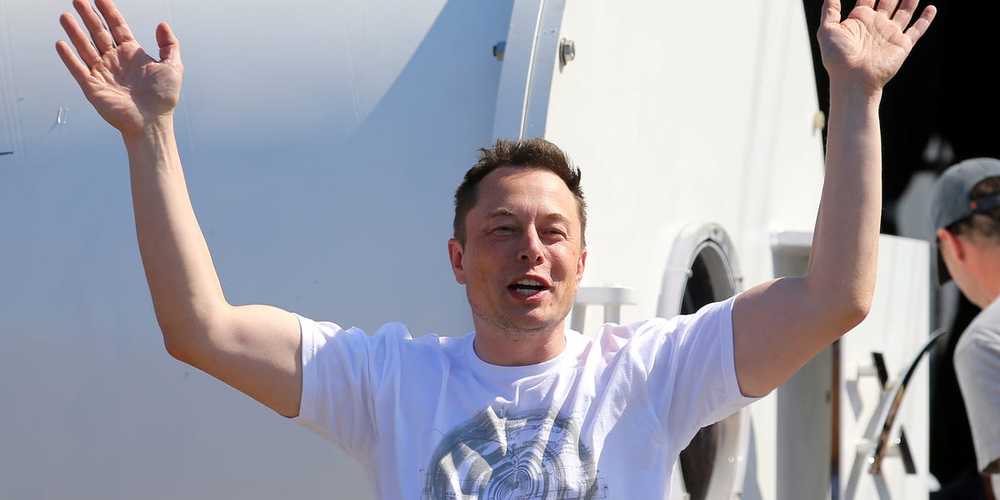
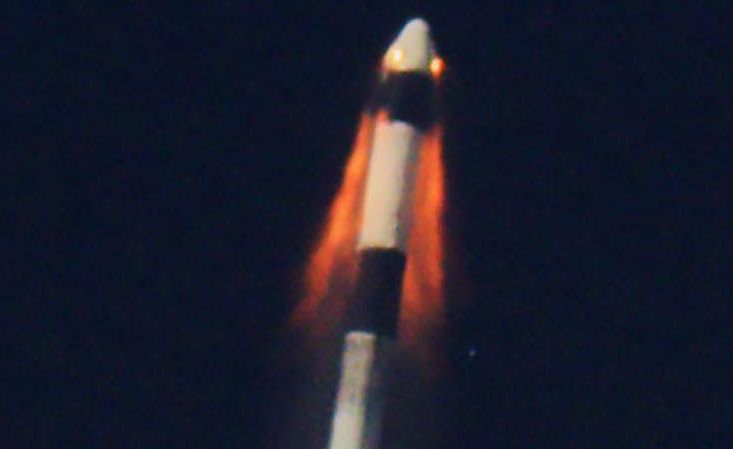
On Sunday (Jan. 19), SpaceX’s Crew Dragon launched on a brilliant a high-altitude test of its launch escape system.
SpaceX founder and CEO Elon Musk called the in-flight abort test flight “picture perfect,” and, in looking at the stunning images of the test, he was absolutely right. Following a weather delay, Crew Dragon lifted off at 10:30 a.m. EST (1430 GMT) atop a Falcon 9 rocket from Launch Complex 39A at NASA’s Kennedy Space Center in Florida.
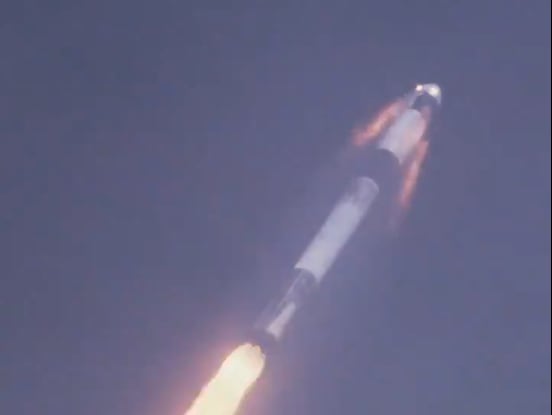
SpaceX completed its last major test before flying astronauts to space on Sunday, in a critical high-speed mission that lasted mere minutes.
Launched on top of a Falcon 9 rocket from NASA’s Kennedy Space Center, the company conducted a test of its Crew Dragon capsule called in-flight abort.
“Overall, as far as I can tell thus far, this was a picture perfect mission,” SpaceX CEO Elon Musk said in a press conference after the test. “I’m super fired up; this is great.”

Anyone with a modicum of skill can create deepfake videos using artificial intelligence, but experts suggest that AI may also be the solution that allows rapid and accurate identification and detection.
By now, most of us have shared a few chuckles over AI-generated deepfake videos, like those in which the face of comedian and impressionist Bill Hader gradually takes on the likenesses of Tom Cruise, Seth Rogen, and Arnold Schwarzenegger as he imitates the celebrities. We’ve seen actor Ryan Reynolds’ mug superimposed over Gene Wilder’s in the 1971 classic film “Willy Wonka & the Chocolate Factory.” We’ve even marveled over businessman Elon Musk being turned into a baby.
It all can be quite humorous, but not everyone is laughing. Tech companies, researchers, and politicians alike are growing concerned that the increasing sophistication of the artificial intelligence and machine learning technology powering deepfakes will outpace our ability to discern between genuine and doctored imagery.
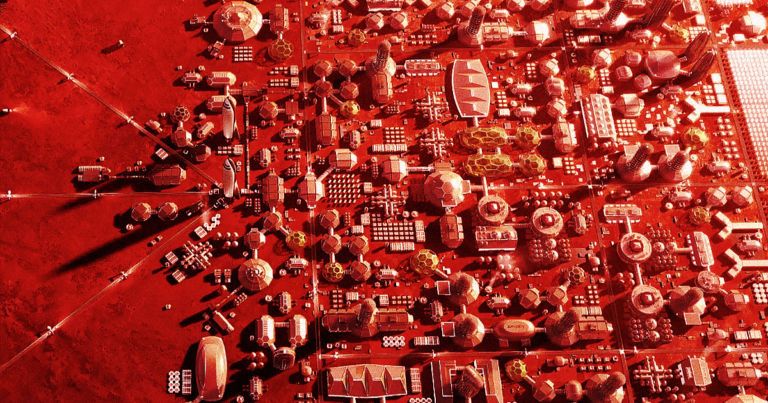
Musk: “There will be a lot of jobs on Mars!”
According to Musk, you’ll need a crazy amount of cargo capacity to build a human colony on a faraway planet.
“Megatons per year to orbit are needed for life to become multiplanetary,” he tweeted.
Each Starship could deliver more than 100 tons per flight, meaning that every ten ships could “yield one megaton per year to orbit,” Musk calculated.